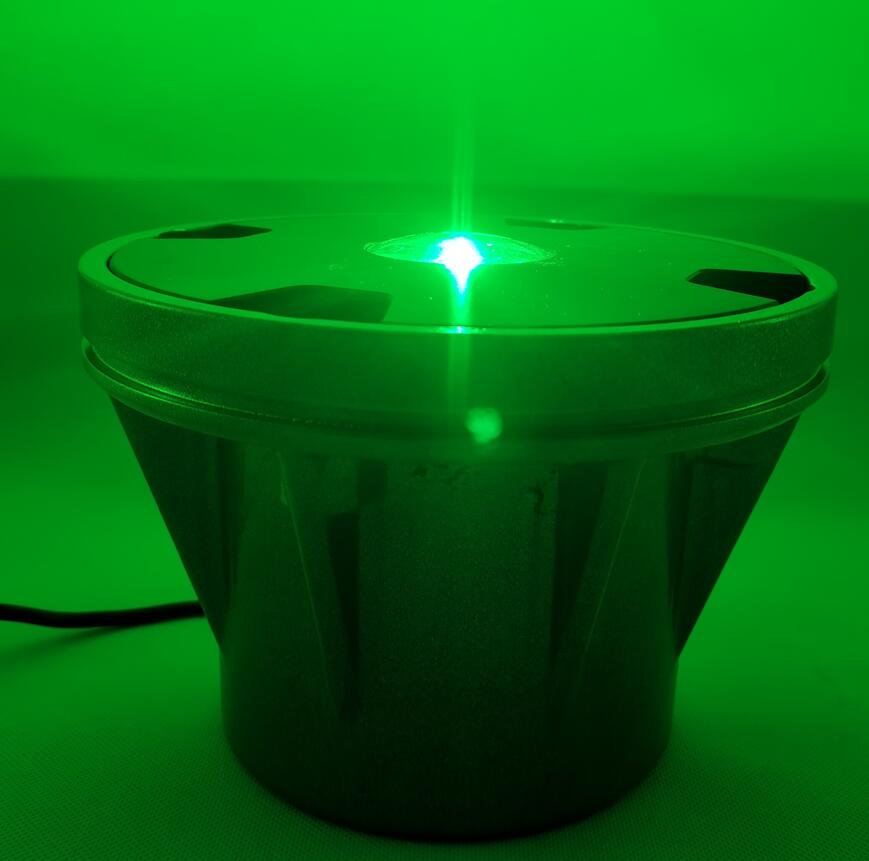Ensuring Precision and Safety: The Role of a Helipad Lighting System
Helipad lighting systems are critical components in aviation infrastructure, ensuring safe and efficient landings and takeoffs in various conditions. Designed to guide pilots during low visibility and nighttime operations, these systems are indispensable for hospitals, commercial helipads, offshore platforms, and emergency services. With advancements in technology, modern helipad lighting systems are more efficient, durable, and adaptable than ever before.
Understanding the Helipad Lighting System
A helipad lighting system consists of specialized lights and control mechanisms designed to illuminate a helipad, marking its perimeter and guiding aircraft safely. These systems comply with strict aviation standards, such as those set by the International Civil Aviation Organization (ICAO) and the Federal Aviation Administration (FAA).
Typically, a helipad lighting system includes:
Perimeter Lights: These define the helipad's boundaries, making it visible from a distance.
Floodlights: Positioned to provide general illumination without causing glare.
Approach Lights: Help pilots align with the landing area during approach.
Control Systems: Allow for the adjustment of lighting intensity and operational modes, ensuring compatibility with varying conditions.
Features of a Modern Helipad Lighting System
Innovative helipad lighting systems are designed to enhance safety, efficiency, and environmental sustainability. Key features include:
LED Technology: Modern systems utilize energy-efficient LED lights, offering bright illumination with minimal power consumption.

Weather Resistance: Durable materials ensure reliable performance in extreme weather conditions, from heavy rain to snow.
Solar-Powered Options: Solar helipad lighting systems provide a sustainable solution, especially for remote locations.
Remote Control: Advanced systems enable remote operation, allowing adjustments to lighting settings from a control room or cockpit.
Integrated Power Backup: Battery backups ensure uninterrupted operation during power outages.
Compliance with Standards: Designed to meet international safety and operational guidelines.
| Helipad Lighting System |
Applications of Helipad Lighting Systems
Helipad lighting systems are used across various industries to ensure operational safety and efficiency. Key applications include:
Hospital Helipads: Emergency medical services rely on helipad lighting systems to facilitate safe landings for air ambulances, especially at night.
Offshore Platforms: Oil rigs and wind farms use robust lighting systems to guide helicopters in challenging environments.
Urban and Commercial Helipads: High-rise buildings and urban areas with helicopter services depend on precise lighting systems to handle increased traffic.
Military and Emergency Operations: Reliable lighting is essential for tactical and rescue missions in diverse conditions.
Benefits of a Helipad Lighting System
A helipad lighting system provides numerous advantages for aviation operations:
Enhanced Safety: Clearly marked landing zones reduce the risk of accidents and improve pilot confidence.
Improved Visibility: High-intensity lights ensure visibility in low-light, foggy, or adverse weather conditions.
Energy Efficiency: LED and solar-powered options minimize energy consumption and operational costs.
Low Maintenance: Durable construction and advanced technology reduce the need for frequent repairs or replacements.
Flexibility: Adjustable lighting settings cater to various operational needs and environmental conditions.
Technological Innovations in Helipad Lighting Systems
Recent advancements in helipad lighting systems are revolutionizing aviation safety and efficiency:
Smart Lighting Systems: IoT-enabled systems allow for real-time monitoring and adjustments based on weather and traffic conditions.
Adaptive Intensity Control: Lights automatically adjust brightness based on ambient light levels, enhancing visibility while conserving energy.
Portable Solutions: Lightweight, battery-powered systems are ideal for temporary or emergency setups.
Wireless Control: Advanced wireless technology eliminates the need for extensive cabling, simplifying installation and maintenance.
Eco-Friendly Designs: Solar-powered and recyclable components contribute to reduced environmental impact.
Choosing the Right Helipad Lighting System
Selecting an appropriate helipad lighting system requires careful consideration of the following factors:
Location and Environment: Assess the site’s specific needs, such as exposure to harsh weather or remote placement.
Compliance Requirements: Ensure the system adheres to ICAO, FAA, or local aviation authority standards.
Power Sources: Determine whether a solar-powered, battery-operated, or grid-connected system best suits your needs.
Durability: Choose a system with robust materials to withstand environmental stressors.
Cost and Maintenance: Balance upfront costs with long-term savings through energy-efficient and low-maintenance designs.
Maintenance Tips for Helipad Lighting Systems
To maximize the lifespan and performance of a helipad lighting system, follow these maintenance practices:
Routine Inspections: Check for damage, corrosion, or wear and tear regularly.
Clean Light Fixtures: Remove dirt, debris, and water deposits to maintain optimal brightness.
Test Control Systems: Ensure that remote controls and intensity adjustments function correctly.
Replace Worn Components: Promptly address any malfunctioning parts to prevent system failures.
Update Software: Keep control systems and monitoring software up to date for seamless operation.
A reliable helipad lighting system is essential for ensuring safety and efficiency in aviation operations. With technological advancements and a wide range of options available, these systems offer innovative solutions tailored to diverse needs. Whether for a hospital, urban rooftop, or offshore platform, investing in a high-quality helipad lighting system is a step toward enhancing operational excellence and safety in the skies.
